The Five Most Common Things Found at River Cleanups
What's weighing down your river?
This is a guest blog by our January 2018 National River Cleanup intern, Chelsea Alley.
There is a wide variety of trash found at river cleanups; from shopping carts to sofas, bottles to baby dolls. National River Cleanup® volunteers work to make these waterways trash-free – removing unique and common items alike. In no particular order, below are the five most common trash items found at river cleanups:
1. Cigarette butts
Cigarette butts weigh one gram or less, but they account for 30% of all litter in the United States. They are the single worst offender in spite of their small size (food packaging makes up a larger percentage of litter but includes more than just one item, like straws, takeout containers, snack wrappers, etc.). This means that more than one trillion cigarettes are discarded each year, weighing over two billion pounds… or the equivalent of 42 Titanic’s stacked together!
2. Plastic bottles and bottle caps
More than 22 billion plastic water bottles are thrown away yearly, meaning only about one in every six water bottles purchased in the United States ends up being recycled. An average water bottle weighs about 12.7 grams, so the amount of water bottles wasted each year weighs over half a billion pounds. That’s almost as heavy as the Empire State Building! Plastic bottles and bottle caps aren’t biodegradable, but they do photodegrade. That means that this plastic breaks down into small parts in the sun, and releases chemicals into the environment as they disintegrate. The worst part? They continue breaking down for 500 – 1,000 years!
3. Food Packaging
Food packaging is the largest category of waste on this list, as it includes household packaging (i.e. milk jugs, juice boxes, and snack packaging) as well as fast food packaging (i.e. paper, Styrofoam, paperboard wrappings, coffee cups, and drink cups). Almost half of litter in the U.S. is food packaging. While some of these items could be recycled, most are not, and often these are found weighing down shorelines and waterways. The Natural Resources Defense Council estimates that fast food chains and consumer brand manufacturers relying on single-use packaging waste over $11 billion a year, enough to fund ¼ of the U.S. Energy and Environment budget.
4. Plastic Bags
Plastic bags are so common in the United States that over 100 billion bags are used each year. Over three times more bags end up as litter in our forests and waterways than are recycled annually. Plastic bags only weigh about eight grams each, but enough are littered annually to weigh as much as 176 adult blue whales! Plastic bags take almost as long to degrade as plastic bottles, leach chemicals into the environment, and inhibit natural water flows.
5. Aluminum Cans
Almost 100 billion aluminum cans are used in the U.S. annually, and only about half of these cans are recycled. The rest go to landfills or into the environment. Beverage containers account for 50% of roadside litter (though this statistic includes plastic containers), and much of that is washed into our waterways. Every aluminum can weighs about 14.9 grams, which means that even if only 1% of the aluminum cans used each year were littered, there would be enough waste to equal the weight of 2,500 African bush elephants, and enough cans to circle the equator almost two and a half times.
Bonus: What will stay in your river the longest? Microplastics.
Microplastics can come from larger plastic items when they break down, or in the form of products like microbeads. Most microplastics float into the ocean, but a lot will sink to the bottoms of riverbeds and mix in with the sediment there. This effects oxygen levels in the water as well as harms animals that depend on these ecosystems for their livelihoods. Because plastic takes so long to break down, microplastics are so small, and these items are located along the bottom of rivers, they can stay in the rivers for potentially up to 1,000 years.
These numbers are certainly overwhelming, but they don’t need to stay that way! There are many things you can do on your own or with your community to reduce the amount of waste in rivers:
- Organize a cleanup with National River Cleanup®, or sign up for an existing cleanup near you.
- Learn more about recycling with our National River Cleanup® recycling guide.
- Take our River Cleanup Pledge to pick up trash and help us fill our virtual landfill.
- And more!
Author: Chelsea Alley
Chelsea is a third-year Environmental Studies student at Hollins University and was a National River Cleanup intern for the month of January, 2018.

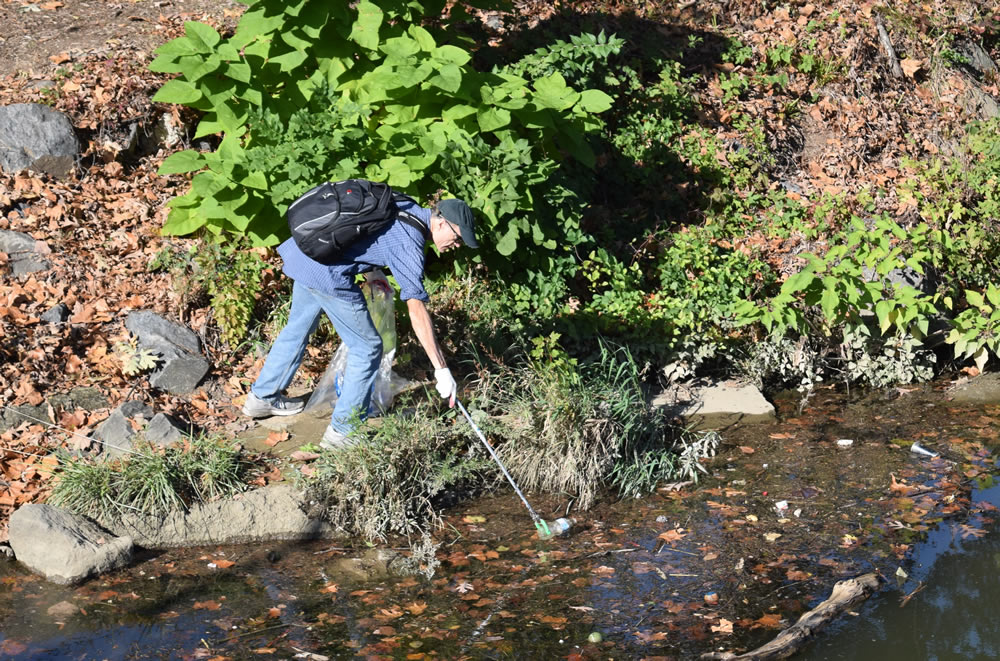
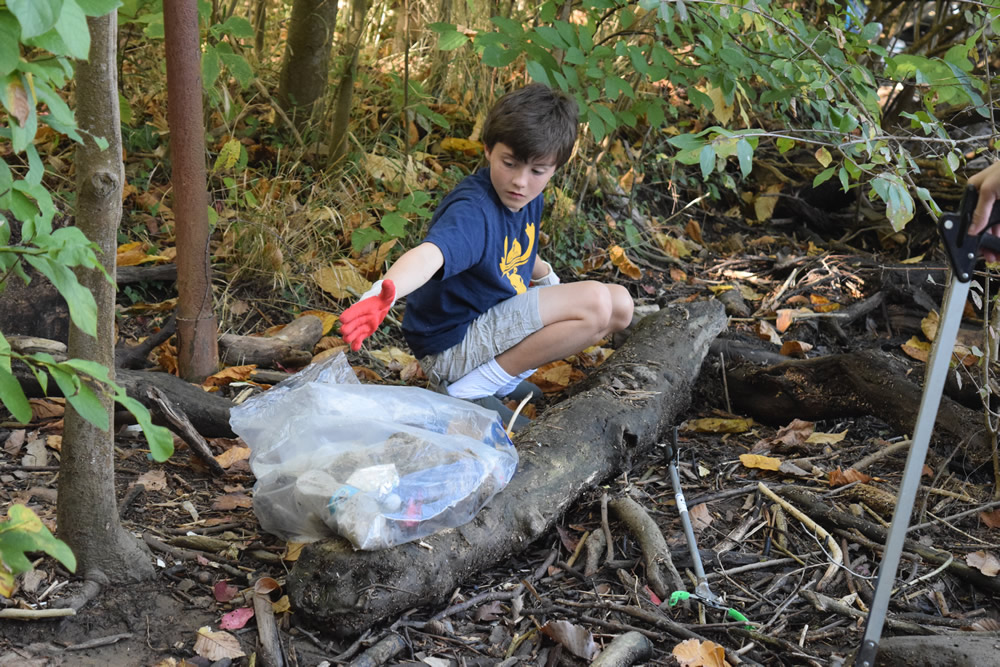
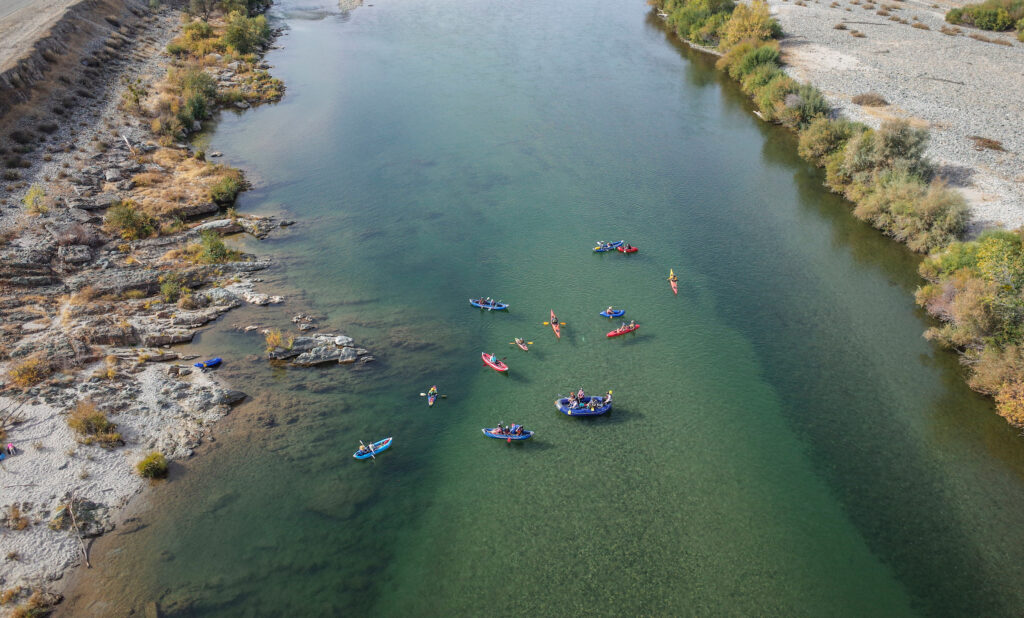
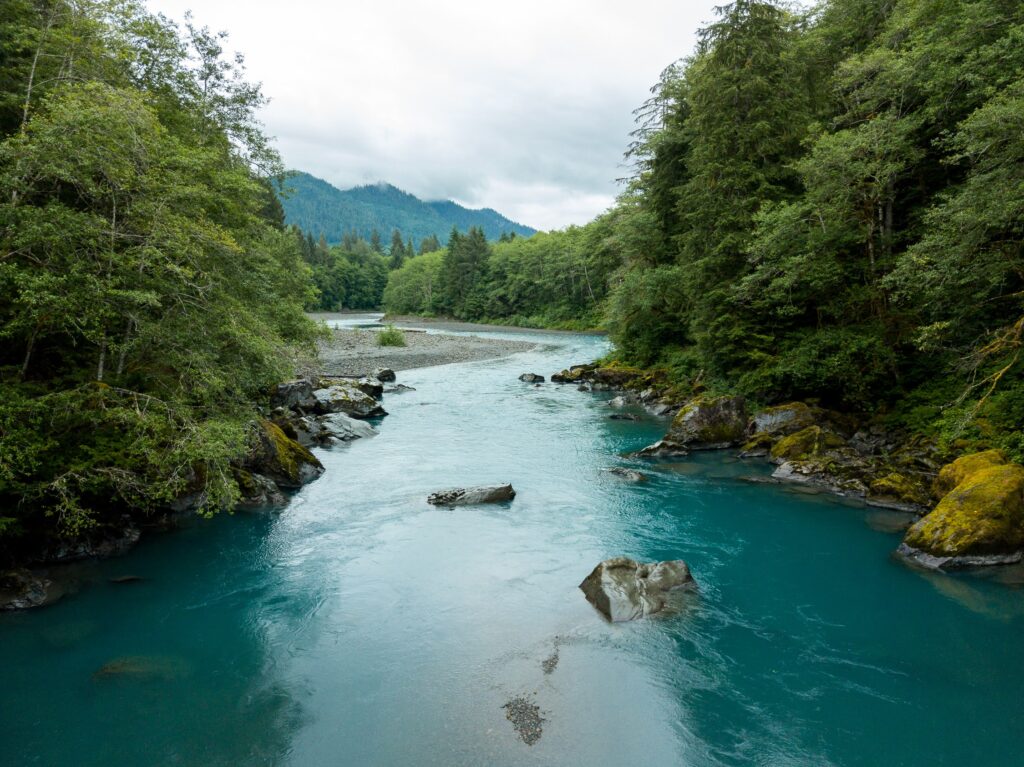
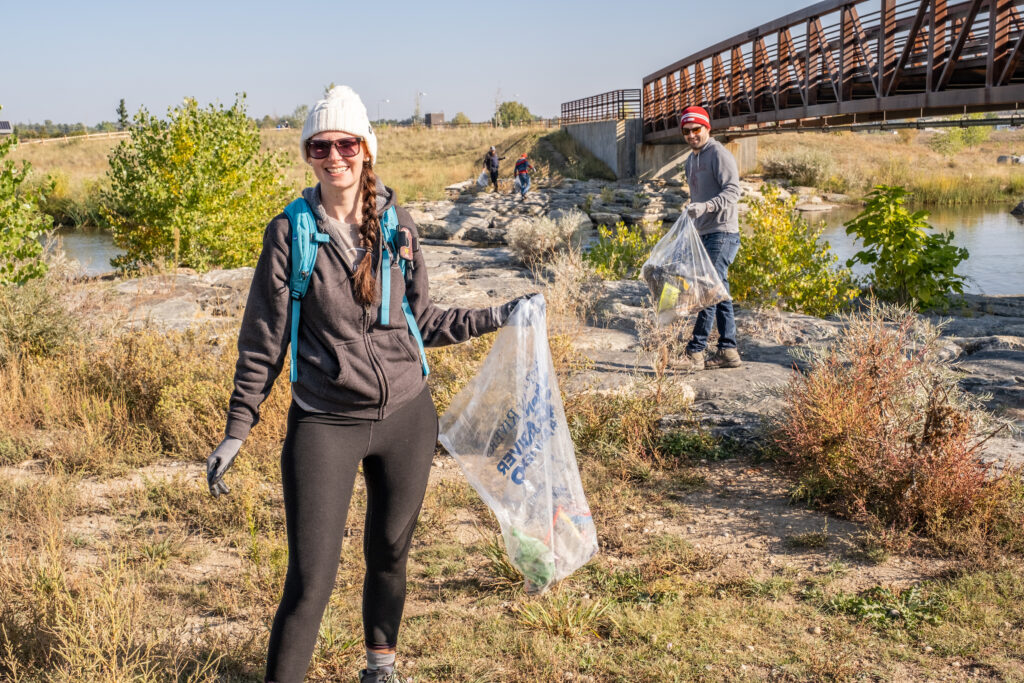
20 responses to “The Five Most Common Things Found at River Cleanups”
As crazy as your post sound, I tend to agree with you but there is a problem with your logic. The government has laws that are supposed to deter this sort of littering-based pollution but these laws are rarely if ever enforced because they can prove it was you who littered. If these laws were enforced like the traffic laws or the laws against theft and murder and rape are enforced, there might be less littering and thus less pollution. Once way to do this is to put a serial number and the name and address and phone number of the purchaser on each piece of material and product sold in the USA and have it registered in a central database server somewhere that is available to law enforcement. That would go a long way to stopping this sort of pollution. But of course, that will never happen, so it falls to us to manage to outcome of our own flawed legal system of government.
I think, you have missed e-waste.
Thx for the facts
Thx for the facts
yes
i cant do this its hard
Thanks for your efforts to protect our environment by sharing this information. I shall use it to help educate people I live with in this retirement home called Speers Court, located in Dayton, KY.
This is truly amazing! The ARTICLE, not pollution! It’s so sad knowing what are beautiful earth is going through.
good job needs some work but very good for what I was using it for my school project
Wat da frick? y u love that nasty pollution?
i love that ppl are cleaning up the pollution but if the government would help that would be great!!!!!!:-)
Dude! Awesome stuff. Please keep writing more things like this. I really like the fact you went so in depth on this and really explored the topic as much as you did. I read a lot of blogs but usually, it’s pretty shallow content. Thanks for upping the game here!
My school has recently started a recycling program so I pulled up this article. It has been really helpful.
I freakin love pollution man!
This is all a fraud, The government wants us to clean up the water for them while they are just sitting around being lazy in the white house and they want us to do the cleaning for them!?!?!?!?!?! WE ARE NOT THEIR MOTHER!!!!! THIS IS ALL JUST A BIG FAT LIE!!!
good work!!
Car Tier, Piece of tin, refrigerator, Door, Alaganie, Ohio, 3 River Stadium, Pitts, Pa 1974. Algee can’t exist in Iowa River. What you ganna do?
Good job guys and well done.God bless
Great work! 🙂
Good job Chelsea! Keep up it